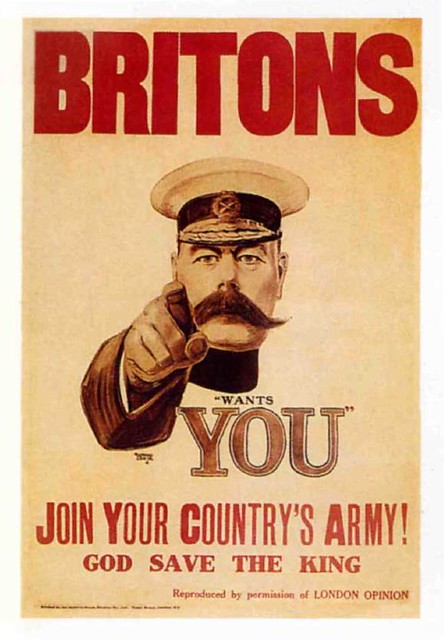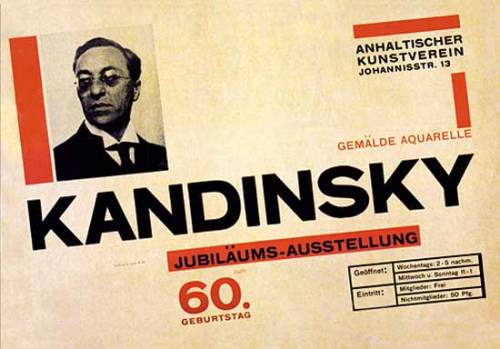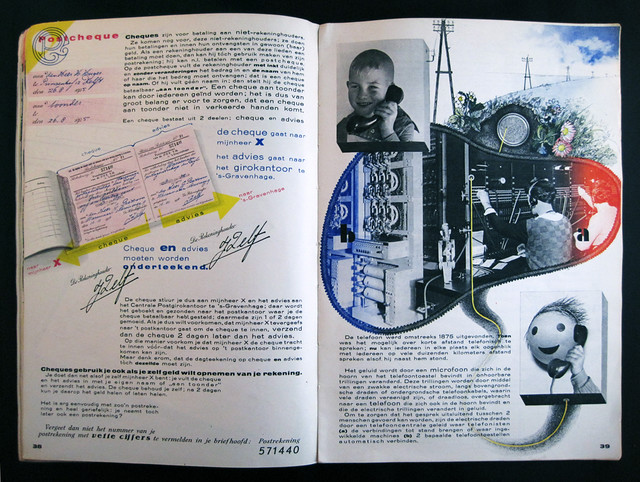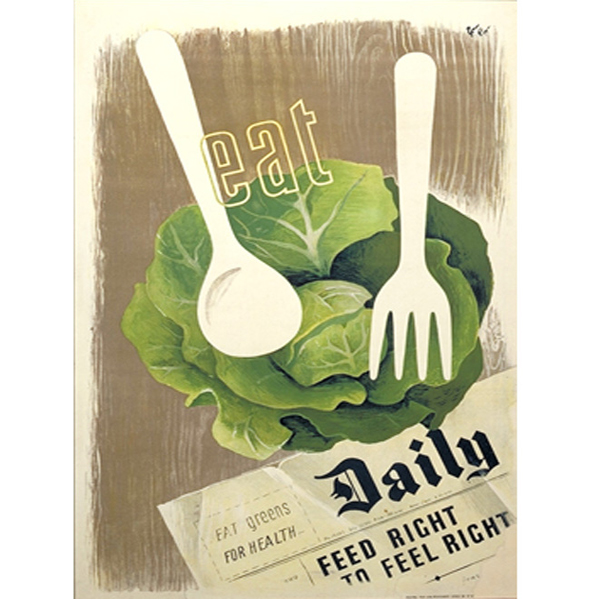Graphic Design is a medium for the masses.
- it had close relations to fine art and advertising
- it can be used as a tool of capitalism/ politics
- it works alongside social conscience.
First signs of mark making that can be identified as a form of graphic design (ie communicating a message pictorally) are cave paintings in Lascaux, France created as early as 15,000-10,000 BC.
More examples can be found in the Arena chapel, Padua, Italy in Giotto Bondones 'Betrayal' which dates back to 1305.
A more identifiable example to modern day graphic design could be John Everett Millais painting, 'Bubbles' (1886) being used in a Pears Soap advert.
But the introduction of the term 'Graphic Design' was first used in 1922 in Herbert Spencer's 'Mechanised Art'.
The term 'visual communication' was first used by Max Bill and Josef Muller-Brockman.
Richard Hollis defined the term as we know it today when he said: 'Graphic Design is the business of making or choosing marks...'
Other early examples of Graphic Design as we know it today:
- Alphonse Mucha, 'Job', 1898 poster/ advertisement for cigarette papers.
- Rennie Mackintosh 'Scottish Musical Review', 1896 poster/ advertisement for concert.
- Koloman Moser, '13th session exhibition', 1902 poster/advertisement for exhibition.
- Peter Behrens, 'AEG', 1910.
- Savile Lumley, 'Daddy, what did YOU do in the great war?', 1915, propaganda poster for WW1.
- Alfred Leete, 'Your country needs you!', 1914, propaganda poster for WW1.
- J.M. Flagg, 'I want YOU for U.S. army!', 1917, US propaganda poster for WW1 & 2.
- Julius Gipkens, trophies of the air war.
- Kankindsky, 'Composition VIII', 1923
- 'Beat the Whites with the Red Wedge', 1919, poster.
- F.H. Stingemore (UK), London Underground Map.
- Harry C. Beck, London Underground Map, 1933.
- Simon Patterson, 'The Great Bear', 1992. (variation of tube map)
- Askar Schlemmer, 'Bauhaus logo', 1922.
- Herbert Bayer, ' Kandinskys 60th Birthday'
- Piet Zwart, 'Het Boek PTT', 1938, Dutch telephone service book
- Herbert Matter, 'Swiss tourist board' 1932-34, poster advertisements.
- A.M. Cassandre, L'intransigeant, 1925, Newspaper poster
- A.M. Cassandre, 'Etoile du Norde', 1927 poster
- Tom Purvis (UK), 'LNER' 1937, poster.
- Ludwig Hohlwein, 'Reichs sports day for the association German girls', 1934, poster
- Ludwig Vierthaler, 'Degenerate art', 1936, exhibition poster
- Hans Schleger (German living in UK), 'Eat greens for health', 1942, poster
- Josef Renau, 'Industry for War', 1936 poster.
- Josef Renau, 'Starlingrad: new star of freedom', 1942, poster.
- Pere Catala i Pio, 'Lets squash fascism', 1936, poster.
- V. Deni & N. Dolgorukov (Russian), 'Our Army and Our Country are strengthened with the Spirit of Stalin!', 1939, poster
- Paul Rand, 'Jacqueline Cochran', 1946, poster/ advertisement.
- Saul Bass, 'The man with the golden arm', 1955, poster/ advertisement for film.
- Abram Games, Catalogue for exhibition of science, 1957, poster for festival of Britain.
- Saul Bass, 'Vertigo', poster for film.
- Paul Rand, 'Logo for ABC', 1962, logo.
- Paul Rand, 'poster for IBM', 1964, poster/ advertisement.
- Ken Garland, 'First things First Manifesto', 1964, essay.
- FHK Henrion, 'Stop nuclear suicide', 1960, poster.
- Seymour Chwast, 'End bad breath', 1968, propaganda poster.
- Art workers coalition, 'Q. and babies? A. and babies.', 1970, poster.
- Hipgnosis, '10cc; Deceptive bends', 1977, sleeve design.
- Jamie Reid, 'Sex Pistols; Never mind the bollocks...', 1977, sleeve design.
- Peter Saville,' the factory club night FAC001', poster.
- Peter Saville, 'New Order, Blue Monday', 1983, sleeve design.
- Neveille Brody, 'The Face', 1980s, magazine covers.
- David Carson, 'Ray Gun'
- David Carson, 'Don't mistake legibility for communication'
- Peter Blake, 'Band Aid; Do they know its Christmas?', 1984, sleeve design.
- Chumbawamba, 'Pictures of starving children will sell records', 1986.
- Jonathon Banbrook, 'Bastard Typeface', 1990, typeface design.
- Jonathon Banbrook, 'Olympukes' , 1990s, comical symbol designs.
- Designers Republic, 'Pop will eat itself', 1994, sleeve design.
- Julian House, 'Primal Scream'
- Mark Farrow, 'Spiritualized; Ladies and Gentlemen we are floating through space', 1997, sleeve design with limited edition pill packet style packaging.
- Naomi Klein, ' Truth in advertising' 2000, essay (looking closer 4)
- Oliviero Toscani, 'United Colors of Benetton', 1990-92, Advertisements.
- Judy Blame, 'Keep Britain tidy', 1992, t shirt design.
- 'The Coup; Party Music', 2001, withdrawn CD cover.
Graphic Design was first taught as a disipline at the Bauhaus.
In summary, Graphic design is a relatively young disipline and the lines between Graphic Design and fine art, advertising etc are becoming increasingly blurred, and always have been.
Although born out of capitalist/ consumerist interests it is also becoming increasingly concerned with social issues.































No comments:
Post a Comment